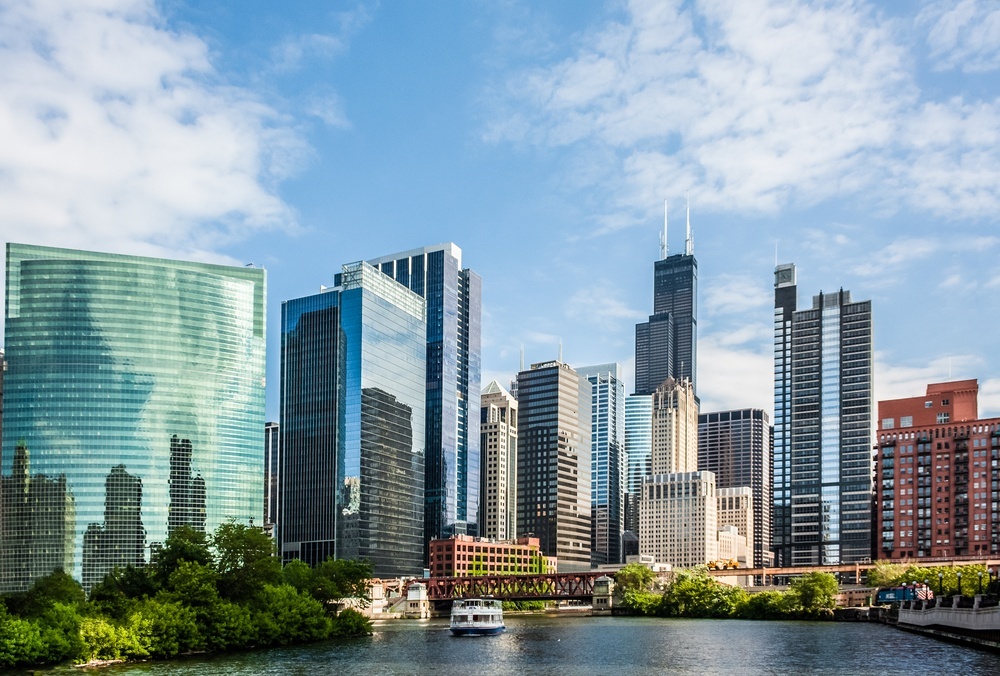Lower Your Operating Costs by Confronting Riser Deterioration
“What you don’t know can’t hurt you” is simply not true. In fact, a much more appropriate and wise adage is, “knowledge is power.”
As the owner of a commercial building, you know that what you don’t know can and will hurt you, especially in the pocketbook. Accurate knowledge, though, can save time, effort, and money in nearly every area of life.

In the spirit of sharing valuable knowledge, we want to shine the light on a surprisingly common issue that can affect commercial buildings: riser deterioration. Here's what you need to know:
What is riser deterioration?
A riser is any pipe or air duct responsible for raising air, water, or refrigerant higher in a building.
So, if the risers that bring heated, cooled, or conditioned air throughout your multistory building are deteriorating — aging, damaged, rusted, warped — you can expect the air you’re paying to heat or cool to escape into the walls where it does no good to anyone. Likewise, any risers that are carry heated or cooled water throughout the building can leak due to deterioration. And a water leak can do a lot more damage than an air leak can.
Either way, riser deterioration is both inefficient and costly. It also poses a potential danger to the building and its occupants.
Why is riser deterioration essentially unknown?
When working out capex budgets for coming years, smart commercial building owners routinely set money aside for the planned maintenance and eventual replacement of equipment like chillers, furnaces, and the like. That’s because they realize these machines have a finite lifespan so they will eventually need to be replaced, and it’s preferable if that can happen on the owner’s timetable and not the machine’s.
It’s rare, though, for building owners and managers to budget strategically for the replacement of deteriorating piping throughout the building, even if they realize it’s been in continual use for decades. This is unfortunate, because, in many cases, those pipes are made of cast iron or galvanized steel rather than copper or more durable synthetic materials, making them less durable than modern equivalents.
Since these pipes are “out of sight, out of mind” in the walls, they’re really a hidden threat to the safety and functionality of the HVAC system, and the building itself, since flooding can do tremendous damage.
How can you confront riser deterioration?
Really, the first step in solving any problem is to recognize the problem exists. The same is true with riser deterioration, and it’s surprising how many building owners convince themselves otherwise. The next step is to plan accordingly by including the inspection and necessary replacement of risers as part of the future maintenance and capex budgets for your commercial facility.
While there’s no getting around the fact that replacing all the risers in your building can be both costly and inconvenient, it’s actually far less expensive than waiting until a pipe bursts and then being forced to replace the pipes and everything the resulting flood destroyed.
Allow experienced HVAC technicians from Piedmont Service Group to inspect your risers routinely as part of a planned maintenance program to ensure they’re functioning properly. And, if replacements or repairs are necessary, don’t put it off. Act on their recommendations as soon as possible so you can stop wasting money and start investing it as you should.

